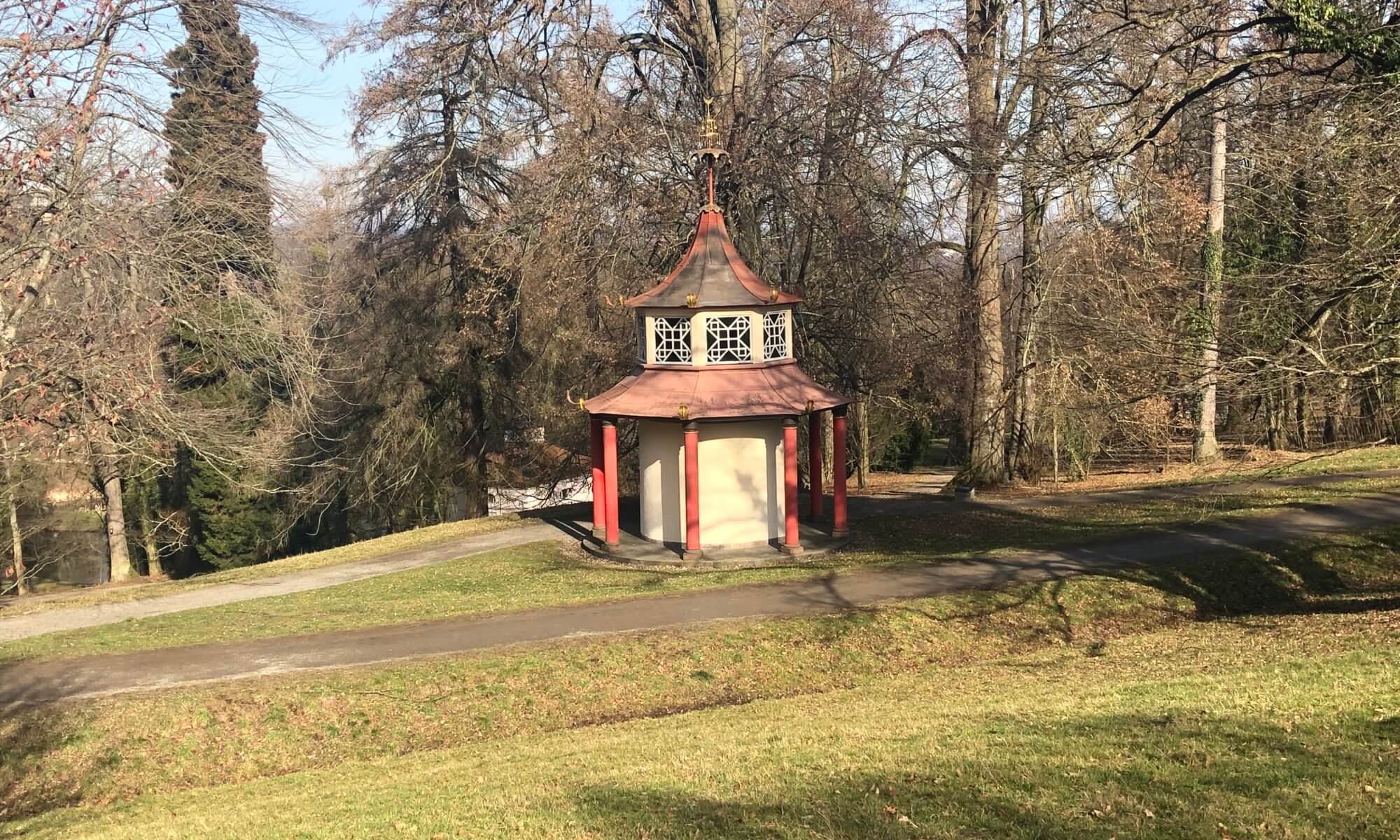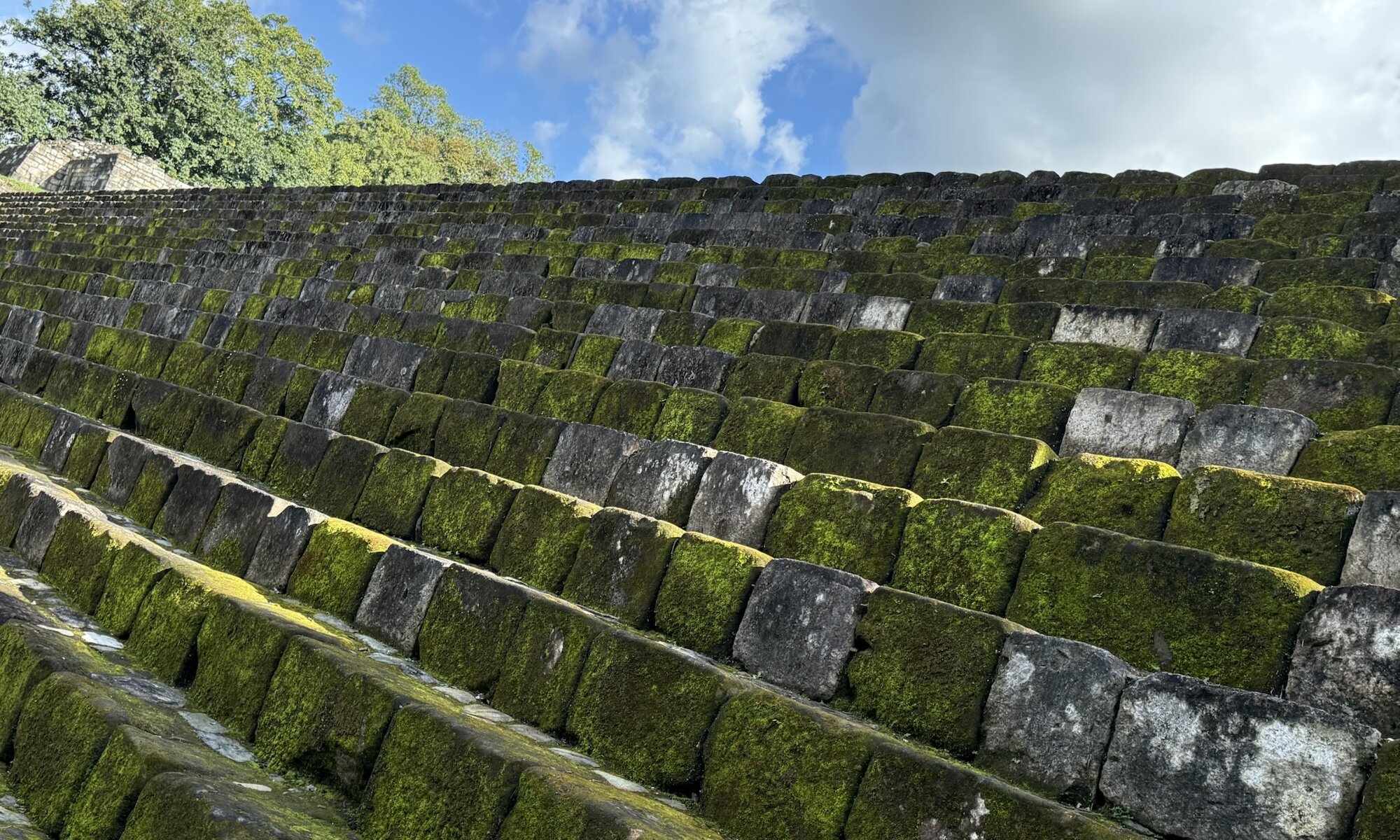The Parque Arqueológico y Ruinas de Quiriguá is an ancient Maya archaeological site located in the department of Izabal in southeastern Guatemala. Situated along the lower Motagua river, about 200 kilometers northeast of Ciudad de Guatemala, the site covers approximately 3 square kilometers, with its ceremonial center positioned about 1 kilometer from the river’s north bank. Quiriguá’s strategic location at the intersection of important trade routes made it a significant player in the Maya world during the Classic Period.
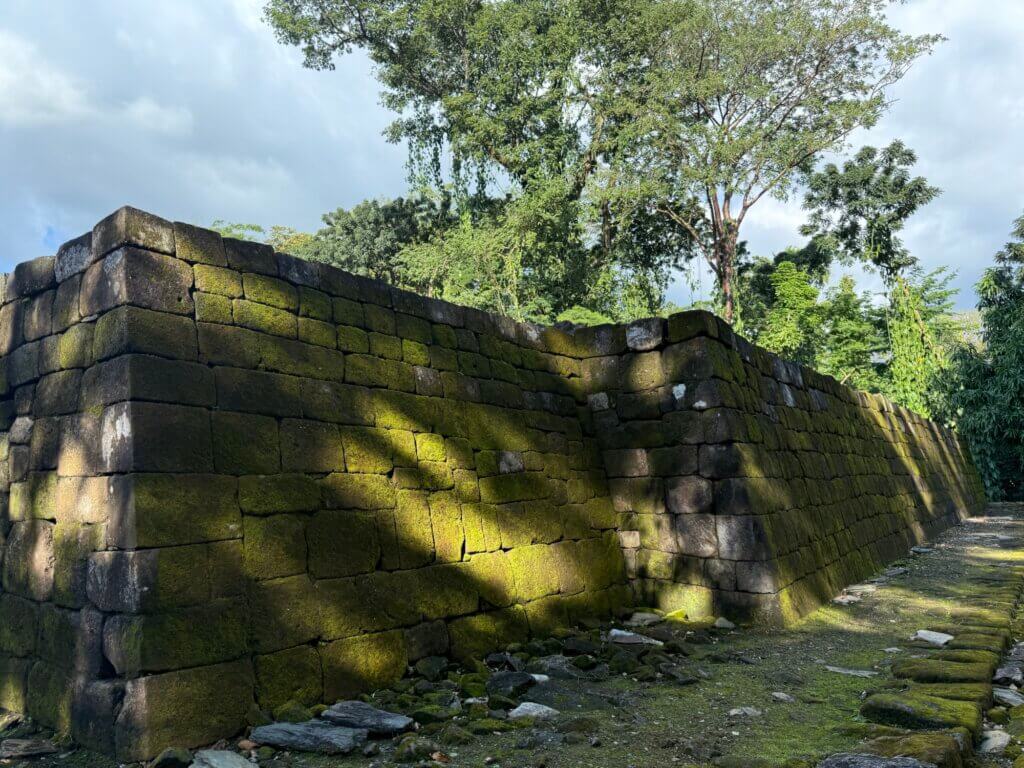
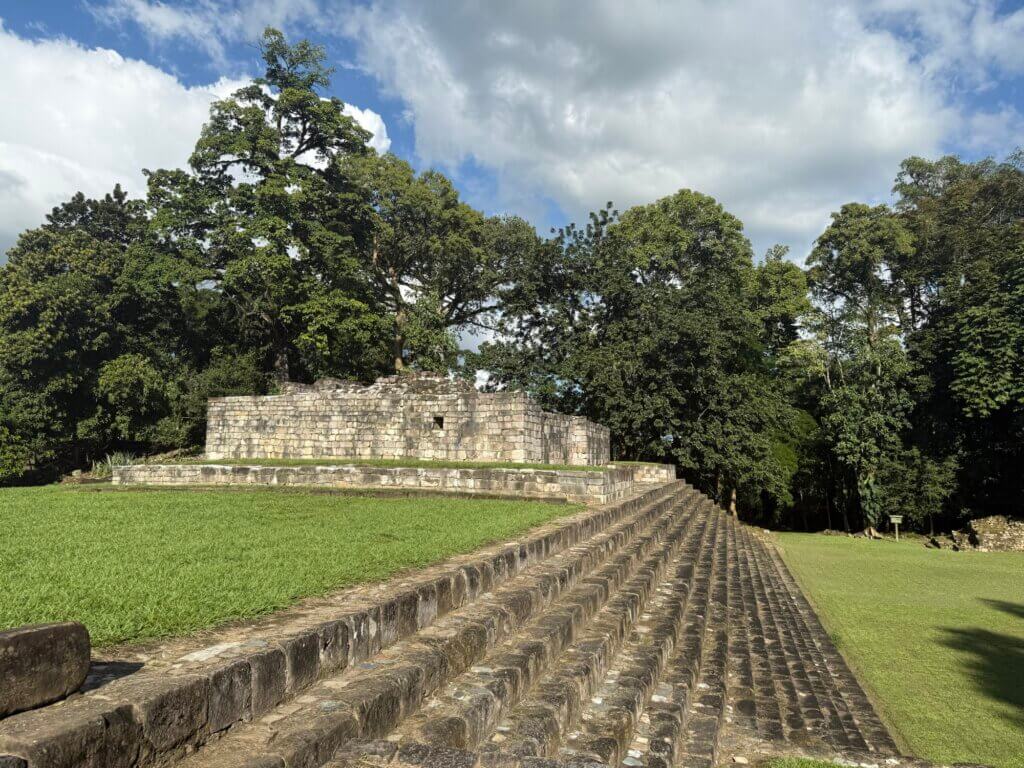
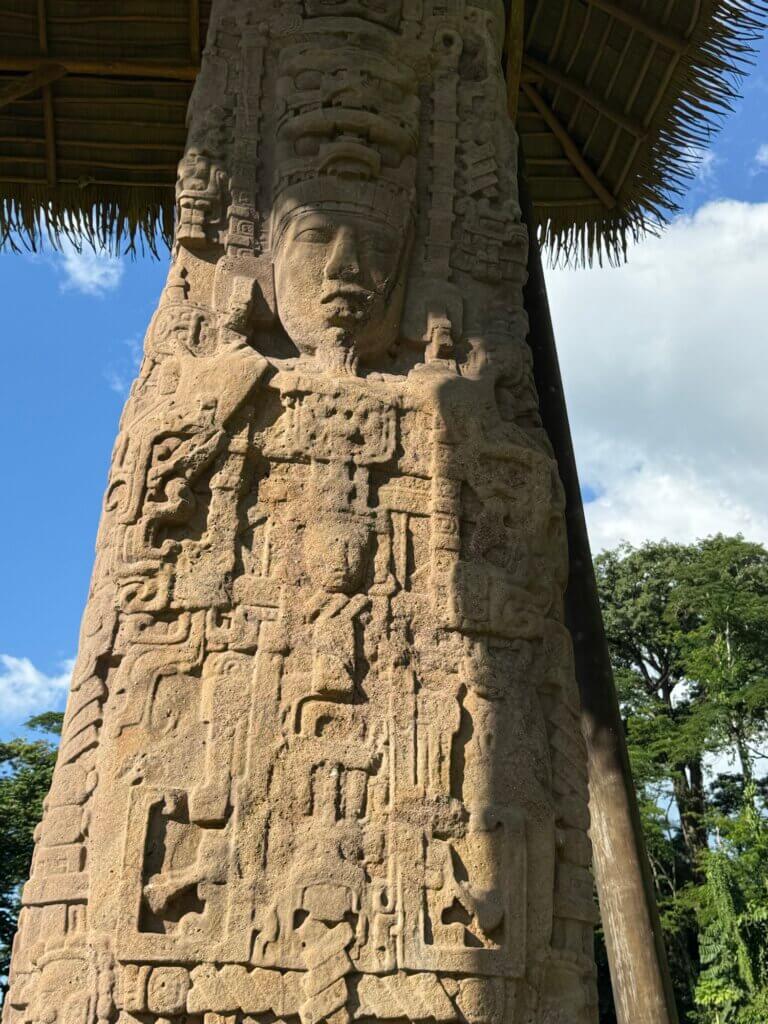
The history of Quiriguá is closely intertwined with that of nearby Copán (now belonging to Honduras). Initially a vassal state of Copán, Quiriguá’s fortunes changed dramatically in 738 CE when its king, K’ak’ Tiliw Chan Yopaat, defeated and sacrificed Uaxaclajuun Ub’aah K’awiil, the greatest king of Copán. This victory marked the beginning of Quiriguá’s rapid expansion and independence. The site flourished between 200 and 850 CE, with major construction beginning around 550 CE and reaching its peak in the 8th century. However, by 850 CE, all significant building activity had ceased, with only a brief period of reoccupation during the Early Postclassic period.
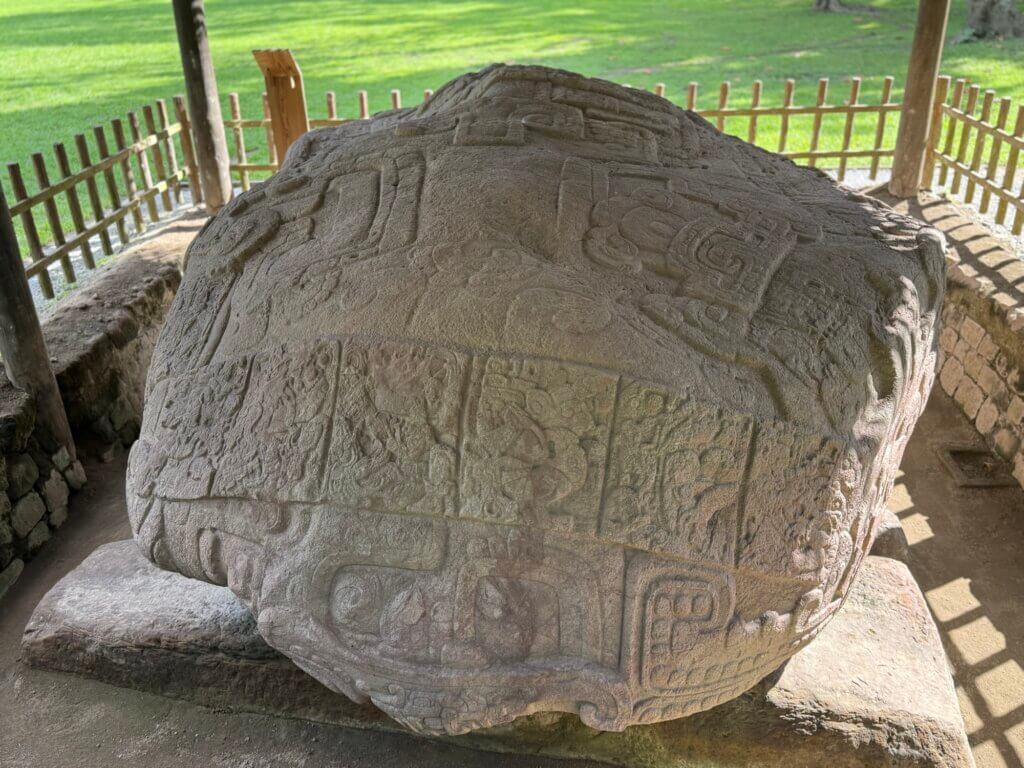
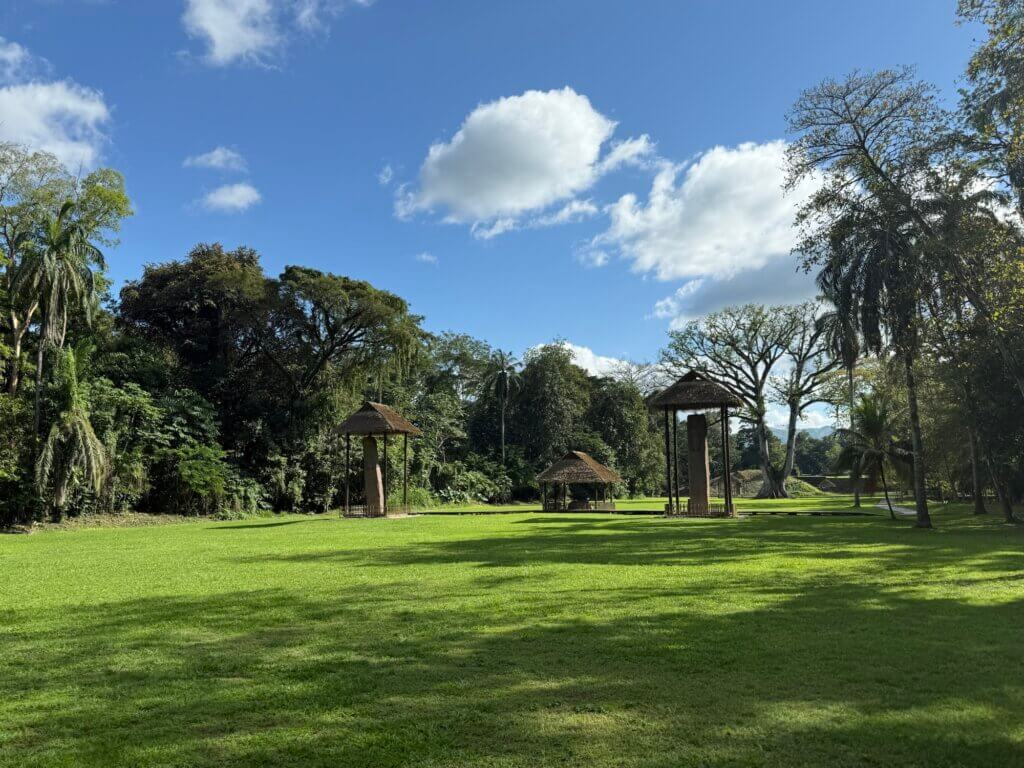
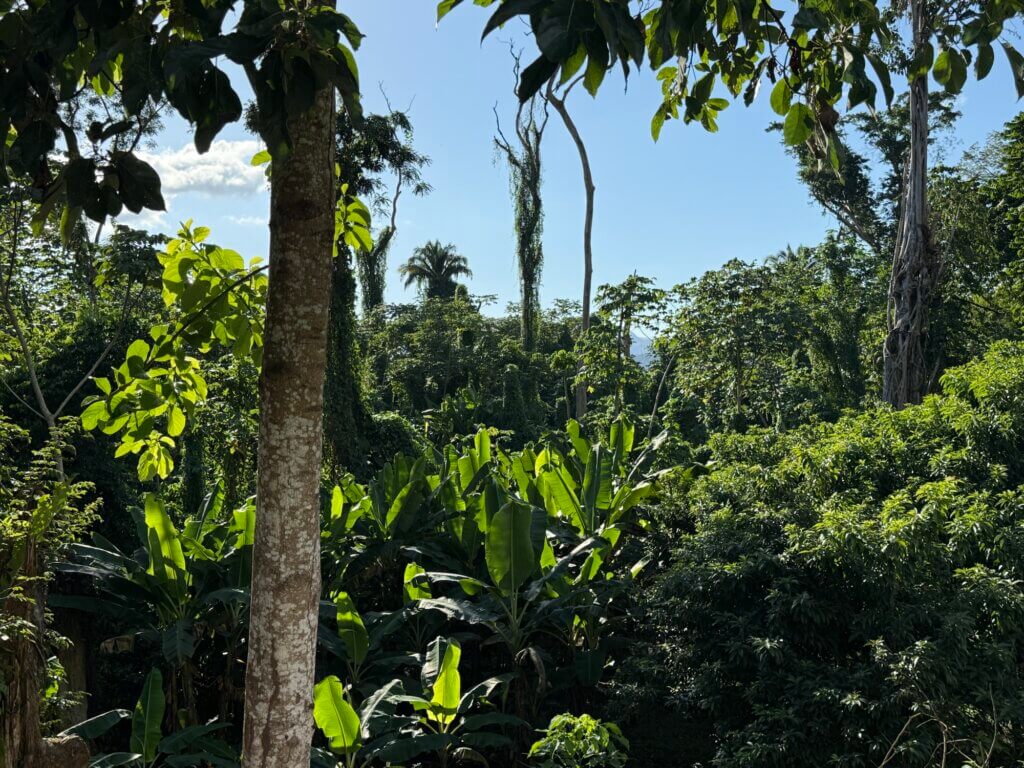
Visitors to Quiriguá can explore its modest ceremonial architecture and, more importantly, marvel at its exceptional sculptural wealth. The site is renowned for housing the tallest stone monumental sculpture ever erected in the New World, as well as the largest open ceremonial space in the Maya area, known as the Great Plaza. The park showcases seventeen intricately carved monuments, including stelae and zoomorphic sculptures, created between 426 and 810 CE. These masterpieces of Maya art, carved in a unique deep relief ‘Motaguan‘ style, are considered among the highest artistic achievements of the civilization. The site’s importance is further underscored by its designation as a UNESCO World Heritage Site in 1981.
Parque Arqueológico y Ruinas de Quiriguá
Las Viñas
Guatemala
Loading map...

